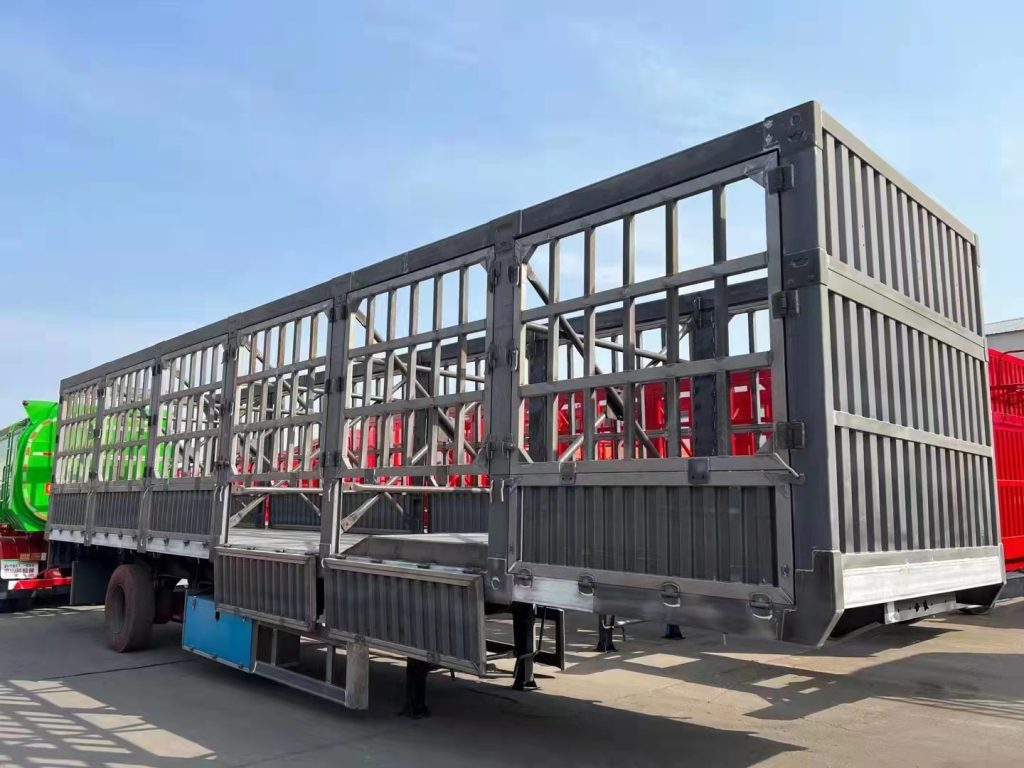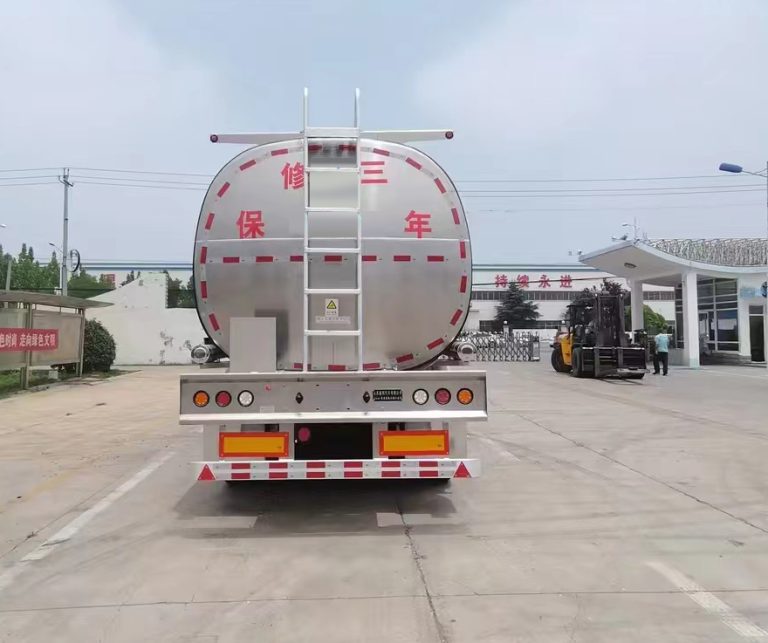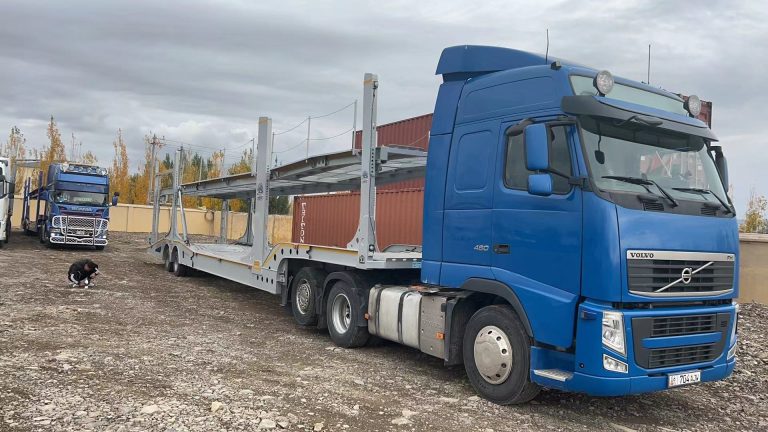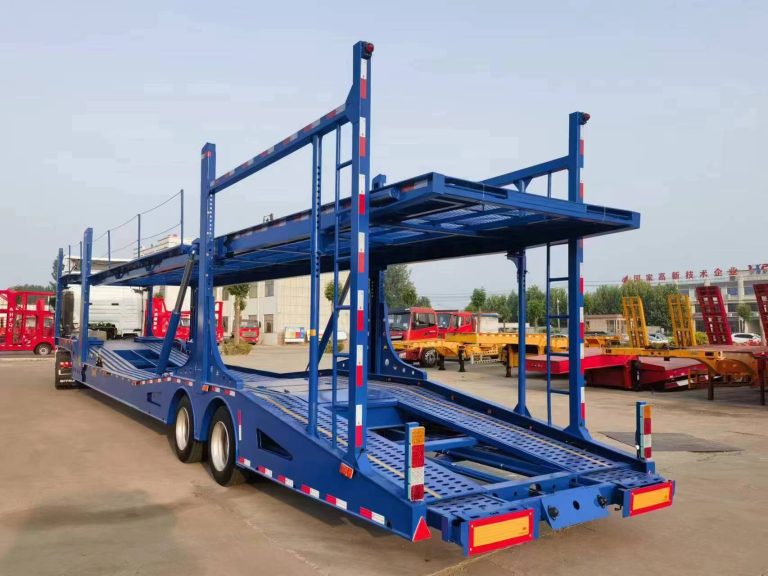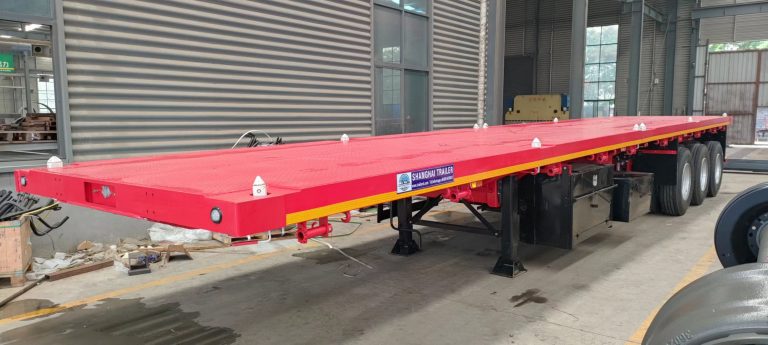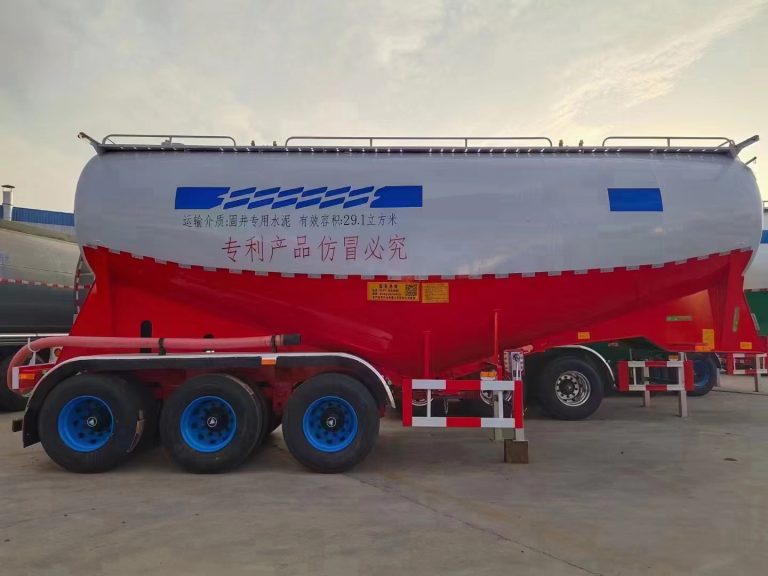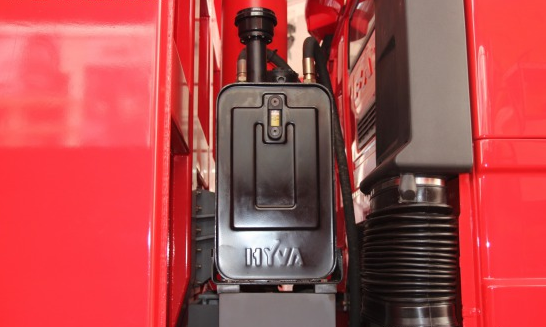Ensuring that animals’ hydration needs are met during transportation involves several key considerations:
- Appropriate Containers: According to the Guide for the Air Transport of Live Animals, the containers should be structurally sound, dimensionally appropriate for the size of the animals, and meet ventilation and welfare requirements. They should include fixed or attachable feeding and watering devices for use during the journey.
- Water Quality: The quality of drinking water for experimental animals should meet sterile requirements, especially for animals in barrier facilities and isolation devices. This means ensuring that the water provided is clean, uncontaminated, and meets the standards for animal drinking water before transportation.
- Water Intake: The amount of water provided should be based on the animal’s size, weight, and the duration of the journey. For example, in pet shipping, it’s essential to ensure that pets have adequate water and food supplies to prevent dehydration or malnutrition.
- Watering Facilities: The transport vehicle should be equipped with devices to maintain normal respiration and life for the animals, as well as anti-shock equipment, ensuring that animals can drink freely during transportation.
- En Route Care: In long-distance transportation, it’s important to regularly check the condition of the animals and provide water as needed. If the transport time exceeds six hours, experimental animals should be provided with compliant feed and water.
- Temperature Control: Ambient temperature significantly affects an animal’s water requirements. Therefore, in high-temperature environments, the amount of water provided to the animals should be increased. For instance, broiler chickens require an additional 7% water for every 1°C increase above 21°C.
- Stress Reduction: Animals may reduce their water intake due to stress during transportation. Taking measures to reduce the stress response, such as using soothing music, can encourage animals to increase their water intake.
- Professional Training: Personnel involved should receive professional training to ensure they can correctly handle the animals’ hydration needs during transportation.
By implementing these measures, the hydration needs of animals during transportation can be properly met, ensuring their health and welfare.
